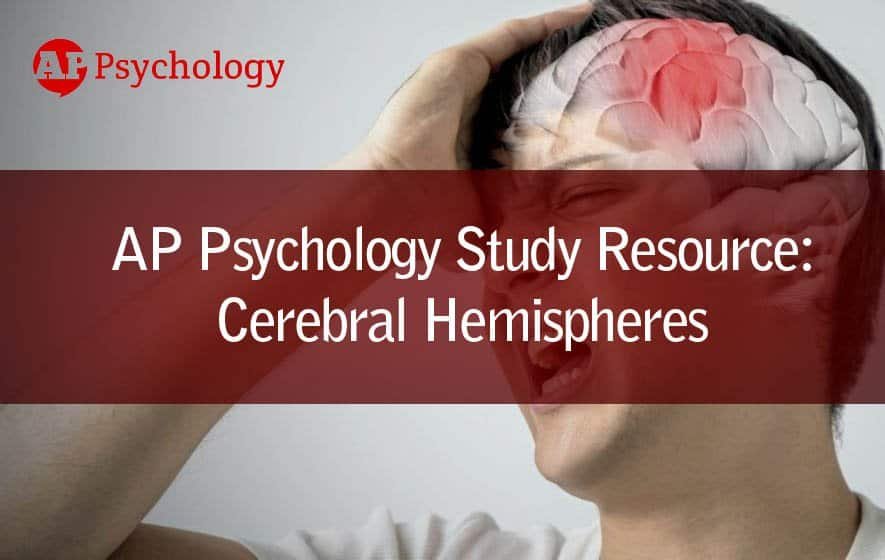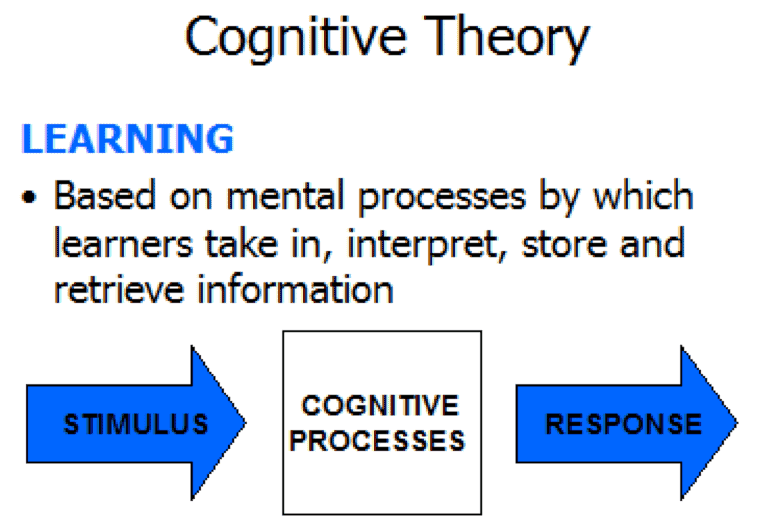You’ve probably heard about the different functions of the left and right brains, but you may not be aware of their functions. Although we have a long way to go before we fully understand all that our brains are capable of there are some things we do know about the cerebral hemispheres.
What Are the Cerebral Hemispheres?

The biggest part of our brain is called the cerebrum and it’s found at the top and front of our heads. It consists of two parts, the left and right hemisphere, which are separated by a bundle of nerves called the corpus callosum.
The two hemispheres are divided into four lobes called the frontal, parietal, occipital, and temporal lobe. The left hemisphere is the side of your brain that manages language and logical thought processing while the right side manages visual and intuitive thought processes.
The cerebral hemispheres each control the opposite side of the body.
So, the left cerebral hemisphere controls the right side of the body and vice versa. If you experience a stroke in the left side of your brain, you will display physical symptoms on the right side of the body. However, the two hemispheres work together through the nerves that connects them in a process called lateralization.
Left-brain Right-brain Theory
Bear in mind that there is still a lot that we don’t know about the brain and how it functions, but neuroimaging techniques have shown us some distinct differences that have allowed psychologists and scientists to develop their theories.
The left-brain right-brain theory is still taught. However, it is now believed that both parts of the brain work more closely than previously thought.
Left-brain characteristics include the ability to understand a whole situation, not just parts of it. It also controls the larger muscle movements such as walking, balance, and the sense of where your body is in terms of the space around you.
The left hemisphere also helps to regulate avoidance behaviors, balance emotional functioning, helps you to sense sounds, smell, and taste and manages your non-verbal communication. It’s stimulated by new experiences and controls your immune system. It controls your involuntary bodily functions such as breathing, your heart rate, and digestion.
Your fine motor movements are controlled by the left hemisphere. Your problem-solving skills, your ability to understand what words mean and your mathematical skills are all left-brain functions.
As you would expect, your right brain controls the functions that are left such as your ability to grasp the concepts of more and less, but not the mathematical concepts of them. Processing the visual shape of things, understanding emotional nuances, and understanding ambiguity come from the right side of the brain.
Scientists understand that as children grow, the right side of the brain is dominant until around the age of three, as theses are the skills children need to learn to function as adults. As they get older, it becomes important to know which side of a child’s brain is more dominant, to know how they learn. A child who is left-brain dominant will learn easier when being taught with visual aids and a right brain child will learn easier with auditory aids.
What Happens If the Cerebral Hemispheres Are Damaged?

Despite the hardness of our skulls, brain damage is a relatively common occurrence particularly for people who engage in high risk activities. Of course, the extent of the injury or damage is what determines how quickly, and how well, a person will recover.
Right Hemisphere Brain Damage
Symptoms of right hemisphere brain damage can include:
-
- Inability to focus attention on a specific task, object, or verbal communication.
- Left-side neglect. This term is used to describe the inability to acknowledge the left-side of the body, objects, or people. They may not be able to read the left-hand side of a page or shave the left side of their face.
- Inability to reason or solve problems. They may not understand that there is a problem or that that there is a way to fix it.
- Memory problems. People with right hemisphere brain damage may not be able to learn information or recall previously learned information.
- Lack of social skills. Non-verbal cues may not be understood, and they may make inappropriate comments or not understand jokes.
- Disorganized behavior and/or communication. This will take the form of forgetting to answer emails or losing information. The person won’t be able to give accurate directions or explain processes.
- Lack of insight. Often people with right brain damage are not aware that they are experiencing problems. This can sometimes make the condition difficult to treat.
- Orientation problems. The person may not be able to recall important factual information such as names or dates and they may not know where they are.
- Limited movement. They may struggle to move their limbs properly, particularly on the left side of the body.
Treatment for Right Hemisphere Damage
Speech language therapy can be helpful for people suffering from right hemisphere damage and the first task is often to help the patient understand that they are experiencing problems. Visual aids are used to keep patients on task and you may need to repeat instructions several times.
It’s important that a person with right hemisphere damage doesn’t become overwhelmed by too much stimuli, so a quiet room is needed to give instructions. Tasks need to be broken down into small, manageable steps and the person giving them should stand at the patient’s right side.
Left Hemisphere Brain Damage
Symptoms of left hemisphere brain damage can include:
-
- Paralysis or weakness down the right side of the body.
- Right-side neglect. This term is used to describe the inability to acknowledge the right-side of the body, objects, or people.
- Speech and language problems. The person may appear confused.
- Problems with daily activities that are well-established parts of your routine.
- Lack of analytic skills. The person may struggle to problem-solve. They may also seem confused between left and right.
- Inability to remember a sequence of instructions, dates or times.
- Performing tasks slowly or taking longer to process thoughts and speech.
- Emotional instability. The person may experience rapid mood swings or become overwhelmed emotionally.
Treatment for Left Hemisphere Brain Damage
Treatment is like right hemisphere brain damage and is focused on the individual symptoms. Physical and speech language therapy are options and support with problem-solving and physical tasks may be needed. The patient may also need to be treated for depression.
How Does a Stroke Damage the Cerebral Hemispheres?

Strokes can be caused in one of two ways.
An Ischemic stroke is when clots form in the blood vessels of the brain, or in the blood vessels traveling to the brain. This is the most common cause of stroke and can also occur when there are too many fatty deposits or cholesterol in the blood vessels.
A Hemorrhagic stoke is when a blood vessel in the brain ruptures or breaks. Blood then seeps into the brain tissue which causes damage to the brain cells. This type of stroke can be caused by high blood pressure or a brain aneurysm.
The symptoms for both types of stroke include paralysis, numbness, or weakness in the face and down one side of the body. Your vision can be impaired, and you may have difficulty speaking. You may also struggle to walk properly and may have problems maintaining your balance. Sometimes, you may experience sudden, strong and severe headaches.
It’s also important to note that sometimes a person who is having a stroke may appear to be drunk. If they are displaying drunken behavior but you can’t smell alcohol, there is a strong possibility they are having a stroke.
The key to successfully treating a stroke is a quick response.
Women are more susceptible to strokes than men and if you suspect you, or a loved one, may be having a stroke you should get help immediately.
If a stroke is treated within three days, the patient can often make a full recover and damage to the cerebral hemispheres can be reversed. Research into stem cell therapy continues to make progress and new treatments may be available soon.








